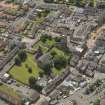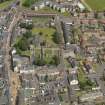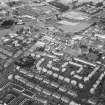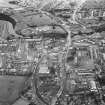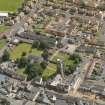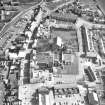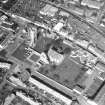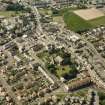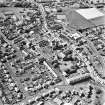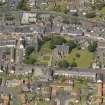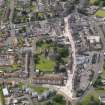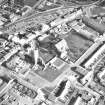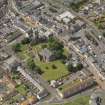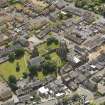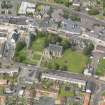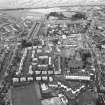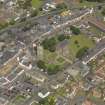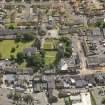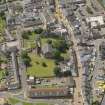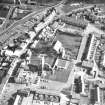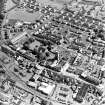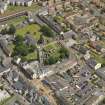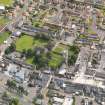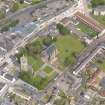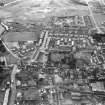Kilwinning, Main Street, Kilwinning Abbey Church
Church (Period Unassigned)
Site Name Kilwinning, Main Street, Kilwinning Abbey Church
Classification Church (Period Unassigned)
Alternative Name(s) Kilwinning Parish Church
Canmore ID 204519
Site Number NS34SW 84
NGR NS 30321 43294
Datum OSGB36 - NGR
Permalink http://canmore.org.uk/site/204519
- Council North Ayrshire
- Parish Kilwinning
- Former Region Strathclyde
- Former District Cunninghame
- Former County Ayrshire
NS34SW 84.00 30321 43294
NS34SW 84.01 30370 43284 Churchyard
Photographic Survey (1955)
Photographs of buildings in Kilwinning, Ayrshire, by the Scottish National Buildings Record in 1955.
Watching Brief (September 2010)
NS 3034 4328 A watching brief was carried out September 2010 during the insertion of new drainage at Kilwinning Old Parish Church. The ground had been previously disturbed with modern backfill deposits present across the whole of the development area. The only feature discovered was the line of a sandstone foundation (007), which may represent the presence of an earlier structure, although the use of concrete to bond it suggests it to have been only 20th-century in date. Several fragments of disarticulated human bone were recovered from the disturbed deposit which sat above the 20th-century foundation (007).
Archive: RCAHMS. Report: Historic Scotland and WoSAS
Funder: Kilwinning Old Parish Church
Rathmell Archaeology Ltd, 2010
Watching Brief (5 March 2013 - 14 June 2016)
A programme of works was carried out in respect to the demolition of a set of external stairs and the installation of new drainage at Kilwinning Old Parish Church, North Ayrshire. The archaeological works were designed to mitigate the impact on the archaeological remains within their development area to the agreement of Historic Environment Scotland. Kilwinning Old Parish Church stands within the Scheduled Monument protecting the remains of Kilwinning Abbey, though the fabric of the church itself is listed rather than scheduled. Historic Scotland granted Scheduled Monument Consent for the drainage works was conditional on excavation of a small archaeological test pit which would help inform the nature of the archaeology present within the area of the proposed drainage works followed by a watching brief of the reduction of the area prior to a new gravel surface being laid down. The test pit and watching brief identified a number of modern gravel and concrete layers overlaying a nineteenth or twentieth century brick cellar which had been backfilled possibly in the mid twentieth century with other more recent disturbance relating to maintenance of the churches water pipes. A number of 19th or 20th century artefacts were recovered from the two lowest layers within the test pit as well as disarticulated fragments of human bone. No other significant archaeological features or artefacts were recovered from the test pit.
Information from OASIS ID: rathmell1-255204 (L McKinstry) 2016























































